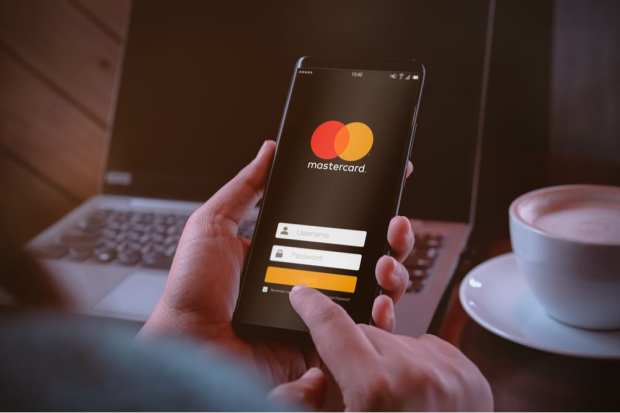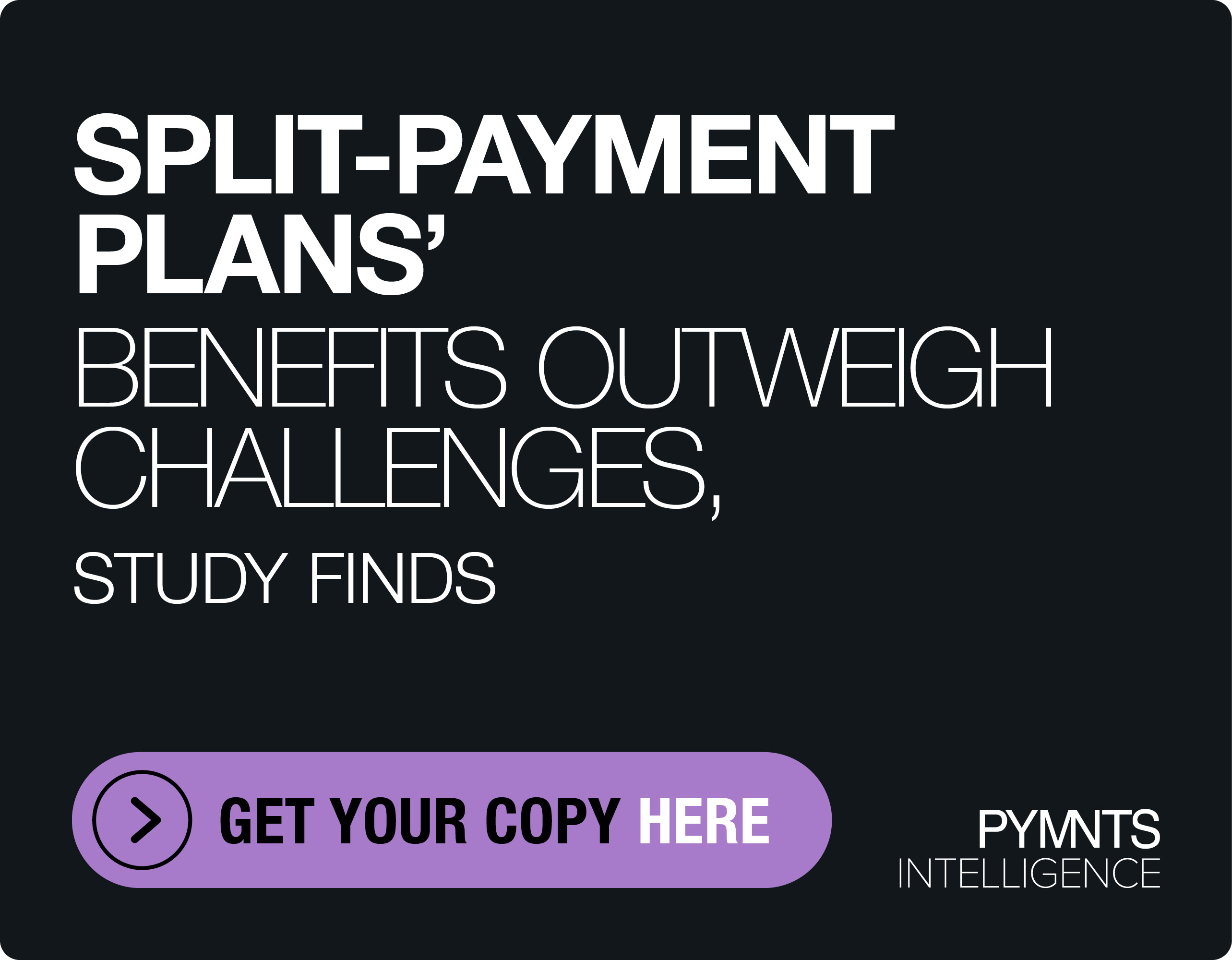Mastercard: Helping Consumers And Businesses Dive Into The Digital Deep End

As challenging as the environment has been over the last 10 weeks or so, the pain points that have presented themselves aren’t necessarily new.
As Mastercard Senior Vice President of Digital Payments Silvana Hernandez told Karen Webster in a recent conversation, the recent difficulties weren’t created by the COVID-19 pandemic so much as they were fully exposed by it and put under more pressure all at once.
“I think this new normal, which is obviously very challenging for individuals and businesses of all sizes, has highlighted some pain points that we knew were there,” she said. “We already knew there were unfulfilled needs, especially for small businesses around cash flow. We already knew that was top of mind for these small business owners. But I think this whole situation is just putting more pressure on those unsatisfied needs and has made meeting them more relevant than ever.”
Finding ways to use the assets it has already developed to help ameliorate some of those longstanding frictions has been a focus for Mastercard over the last several weeks as it has sought to help make money move faster for small- and medium-sized businesses (SMBs), cut the contact from consumer transactions and start looking toward a future where better digital infrastructure around payments can radically improve the entire experience in verticals such as healthcare.
The need to offer more for individuals and SMBs in the digital economy has long existed, Hernandez told Webster, and the emergence of a global pandemic has created the tipping point necessary for businesses and consumers to begin to really embrace change.
“Digital in industry overall is going to see a spike in interest and also in supporting digital payments,” she said. “Because the situation has created this need to move money faster than it can be going through traditional methods, I think there’s going to be more interest from organizations to understand how they can evolve, how they can modernize payments and set up to enable digital interactions overall.”
Smoothing Out The Pain Points
Cash flow has been a challenge for SMBs, but in recent weeks, such issues have become more acute for Main Street businesses that have seen their sales take a massive hit as consumers have stopped going out. Many SMBs, in the course of migrating to digital, have been forced overnight to design “remote experiences” for their customers that they never had to contemplate before. And as all their transactions jump to digital and consumers begin paying wholly by card, those merchants face a payments problem.
“If I, as a merchant, am still settling those transactions paid by the consumer on cards through ACH, then I’m challenged to wait three days for those funds to be available to me,” Hernandez said. “And you know these days, immediacy matters.”
Mastercard Send, Mastercard’s global push payments platform, is designed to help SMBs through enabling their merchant settlement funds in near-real time through their acquirers. Instant push payments replace the days of waiting that are common with ACH transfers. According to Hernandez, this is crucial as the economy begins to look toward recovery.
Immediacy matters too in consumer transactions, particularly the kind of one-offs when one individual transacts with another for a relatively small amount — when, for example, one is selling a piece of unneeded furniture. Cash and checks have held on in these use cases for a long time as the easiest mechanism out there, but going forward, having to transact directly and in close physical proximity with a stranger may prove to be highly unappealing to consumers. If cash had a lot of issues before, being a literal disease vector during a global pandemic is particularly damaging to its appeal.
“We’re seeing that people faced with social distancing situations still need to send money to friends, family, etc., so the usage of P2P is increasing,” she said. “It has also brought in people who in the past were not really using any P2P platforms because they preferred to exchange checks. Older generations. Now, that is not possible in many places, nor desirable in many others. So, we’re seeing people adopting P2P solutions to begin with, and we believe that there will be some stickiness in those solutions after the current situation passes.”
Mastercard has been working with its partners to further enable P2P through Mastercard Send. And the digital expansions and upgrades coming to digital payments that Hernandez said she anticipates will have lasting effect through the recovery period and beyond, and they will be much larger in scope than individual consumer experiences. Digital upgrades may soon be making headway in modernizing long lagging verticals like healthcare and government payments.
Turning The Big Ships
The world of healthcare has taken a turn for the digital of late, with a huge increase in the number of patients tapping into telemedicine services. With that overall rise of digital across the industry, Mastercard is seeing greater interest in finding ways to support digital payments, particularly in relation to its Mastercard Send solution.
“Think about doctors who come from big hospitals and obviously get paid in a different way than individual providers do,” she said. “Being able to solve for these different segments and addressing their needs as small business owners in terms of cash flow, I think there’s a big opportunity ahead to innovate there in this particular vertical.”
Also in need of big digital upgrades are governmental organizations, which Webster and Hernandez agreed have recently very publicly revealed a great need for better infrastructure to disburse money more quickly and seamlessly to individuals than they are likely to find within traditional ACH-based methods.
“I think there is going to be more interest from these organizations to understand how they can evolve and modernize so that they can enable digital payments overall,” Hernandez said.
The needs more fully exposed by the global pandemic have created an opportunity for innovation, Hernandez told Webster, by creating a necessity that can no longer be delayed for a better day. The challenge for the financial services ecosystem is to take the technology already developed to bridge these gaps and get it into the hands of those who need it most.
